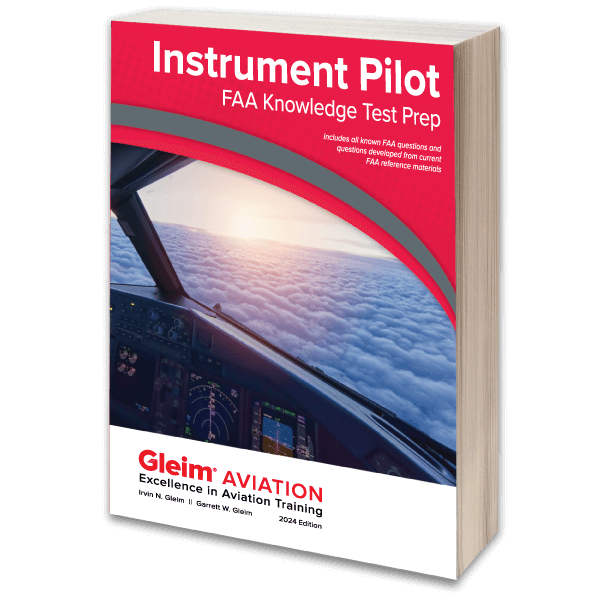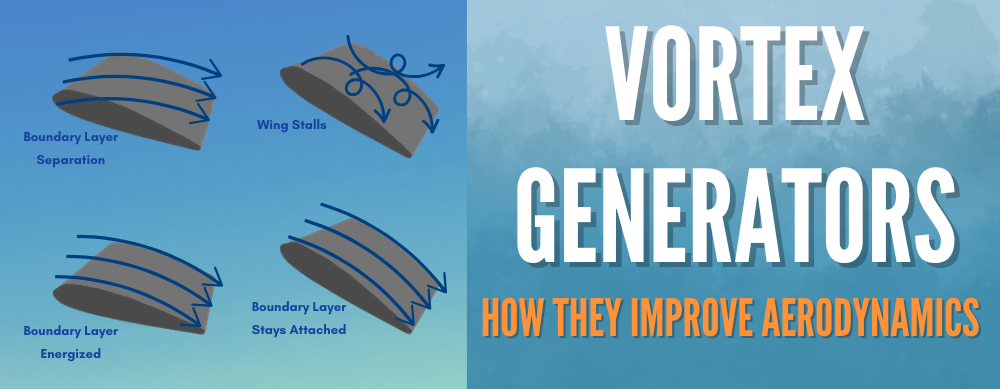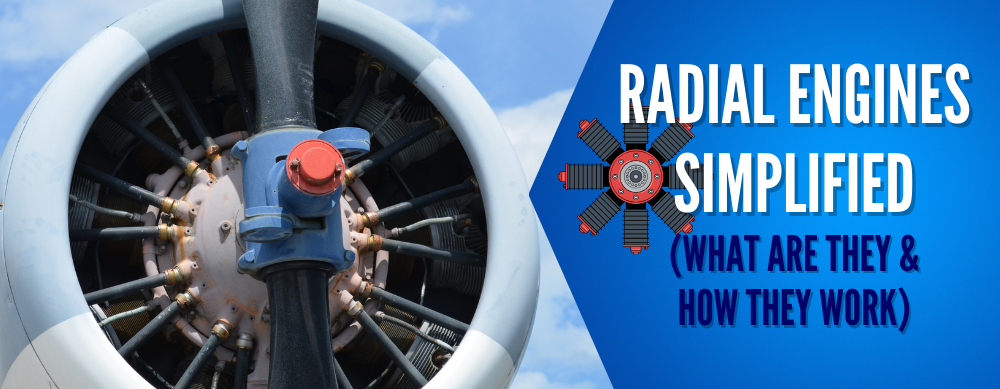En aviación, si puedes comprender las diferencias entre una aproximación visual y una aproximación de contacto, entonces sabrás cómo puede afectar tus aterrizajes en diferentes condiciones climáticas.
Si vuela según las reglas de vuelo instrumental (IFR) o está en transición a las reglas de vuelo visual (VFR), deberá conocer estas aproximaciones. En esta guía, le explicaremos el proceso.
¡Vamos a ello!
RESUMEN
-
Los pilotos pueden solicitar una aproximación visual cuando tienen el aeropuerto a la vista y están operando bajo IFR con autorización del ATC.
-
Este enfoque se utiliza cuando un piloto puede ver el suelo pero no el aeropuerto y avanza visualmente mientras todavía está bajo IFR.
-
Las aproximaciones visuales y de contacto tienen mínimos climáticos específicos, incluidos el techo y la visibilidad informados.
-
Los pilotos deben seguir las instrucciones del ATC, establecer una aproximación estabilizada y mantenerse atentos a las aeronaves que los preceden durante ambas aproximaciones.

Descripción general del enfoque visual
Se utiliza una aproximación visual cuando el piloto tiene a la vista el aeropuerto o la aeronave precedente, generalmente en condiciones VFR, aunque es posible que aún esté operando bajo un plan de vuelo IFR.
Cuando recibe una autorización de aproximación visual, ya no necesita seguir un procedimiento de aproximación por instrumentos, pero aún permanece en comunicación con el control de tránsito aéreo (ATC).
La ventaja aquí es que puede reducir en gran medida la complejidad del aterrizaje y acelerar el proceso.
Solicitar el enfoque visual
Para solicitar una aproximación visual, debe asegurarse de que el techo informado en el aeropuerto sea de al menos 1.000 pies y debe tener al menos tres millas de visibilidad.
Una vez que reciba autorización, dependerá de las referencias visuales para el resto del aterrizaje. Manténgase alejado de las nubes y mantenga la separación adecuada con respecto a otras aeronaves.
La Administración Federal de Aviación (FAA) requiere que los pilotos tengan a la vista el aeropuerto o la aeronave precedente antes de otorgar autorización para una aproximación visual.
El enfoque visual también reduce la carga de trabajo del ATC al permitir a los pilotos continuar sin seguir las pautas IFR más estrictas.
Pero esta libertad conlleva una responsabilidad: como piloto, depende de usted evitar obstáculos y mantener una aproximación estabilizada.
También querrás asegurarte de tener lista la placa de aproximación adecuada, ya que la guía de la FAA recomienda utilizar las ayudas de navegación disponibles, como VOR o RNAV, para ayudarte en el descenso.

Descripción general del enfoque de contacto
La aproximación por contacto es un poco diferente a la aproximación visual y tiende a utilizarse con menos frecuencia. Esta aproximación es única porque permite desviarse de un procedimiento de aproximación instrumental publicado y proceder por referencia visual al terreno, incluso si no se puede ver el aeropuerto.
Solicitar un enfoque de contacto
Tenga en cuenta que la aproximación de contacto solo la puede solicitar el piloto, no la ofrece el ATC. Debe solicitarla cuando tenga al menos una milla de visibilidad y esté libre de nubes.
A diferencia de una aproximación visual, donde debes tener el aeropuerto a la vista, una aproximación de contacto te permite navegar basándose en referencias terrestres, lo que puede ser bastante útil cuando las condiciones climáticas son marginales pero aún VFR.
Según las pautas de la FAA, deberás mantener la separación de los obstáculos y asegurarte de volar sin tocar el terreno en todo momento. Si en algún momento no puedes continuar la aproximación, debes informar al ATC de inmediato para que puedan proporcionarte instrucciones alternativas.
Uno de los principales beneficios del enfoque de contacto es que ofrece flexibilidad en áreas con baja visibilidad o techos bajos, pero recuerda que conlleva riesgos, especialmente en terrenos desconocidos o con poca visibilidad.
Nuestro artículo sobre aproximaciones de contacto proporciona un excelente desglose de cómo solicitar y ejecutar una aproximación de contacto y por qué generalmente se recomienda solo para pilotos experimentados.

Mínimos meteorológicos y de visibilidad
El clima es un factor importante tanto en las aproximaciones visuales como en las de contacto.
Para un enfoque visual:
-
El techo debe tener 1.000 pies o más.
-
Su visibilidad debe ser de al menos 3 millas.
De esta manera podrás mantener la vista del aeropuerto u otras aeronaves mientras evitas obstáculos en el camino.
Un enfoque de contacto requiere:
-
1 milla de visibilidad.
La milla de visibilidad hace que una aproximación de contacto sea útil en situaciones en las que no se puede ver el aeropuerto pero aún así se puede navegar de manera segura hacia la pista basándose en referencias terrestres.
Cuando solicita una aproximación de contacto, debe comprender plenamente que es su responsabilidad evitar todos los obstáculos y el terreno. El ATC lo ayudará a evitar el resto del tráfico IFR, pero como no existe un procedimiento oficial de aproximación frustrada para una aproximación de contacto, una vez que comience, deberá estar seguro de que puede llegar de manera segura al aeropuerto de destino previsto.

Consideraciones de seguridad y aproximación estabilizada
Una aproximación estabilizada significa mantener una tasa de descenso constante y una velocidad aerodinámica uniforme a medida que se aproxima a la pista.
Mantener una aproximación estabilizada significa que estarás listo para aterrizar cuando llegues a la fase de aproximación final y evitarás la necesidad de realizar correcciones repentinas.
Con una aproximación visual, es su trabajo mantener la separación de otras aeronaves, especialmente si está siguiendo a otra aeronave hacia la misma pista. El ATC generalmente brindará instrucciones sobre el espaciamiento, pero depende de usted mantener una distancia segura y seguir la ruta de vuelo prescrita.
En el caso de una aproximación de contacto, no tendrás el beneficio de ver otras aeronaves delante de ti, por lo que el conocimiento de la situación es aún más importante.
Enfoques instrumentales
La mayoría de las veces que vuelas IFR, terminarás con una aproximación visual.

Diferencias entre los enfoques visuales y de contacto
La principal diferencia entre ambos enfoques es la visibilidad.
En una aproximación visual, debe tener a la vista el aeropuerto o la aeronave que se encuentra frente a usted. Una aproximación de contacto le permite avanzar basándose en referencias terrestres incluso si no puede ver el aeropuerto.
Una aproximación visual generalmente requiere mejores condiciones climáticas (techo de 1.000 pies y visibilidad de tres millas), mientras que la aproximación de contacto solo requiere una milla de visibilidad y no necesita ver el aeropuerto.
Otra diferencia importante es que la aproximación de contacto no se puede utilizar en aeropuertos sin procedimientos de aproximación por instrumentos publicados, por lo que no es tan versátil como la aproximación visual. Además, el ATC nunca iniciará una aproximación de contacto; siempre debe ser solicitada por el piloto.

Preguntas frecuentes
-
¿Cuál es la diferencia entre un enfoque visual y un enfoque de contacto?
Una aproximación visual permite a los pilotos volar visualmente con el aeropuerto a la vista, mientras que una aproximación de contacto requiere que el piloto proceda visualmente con el suelo a la vista pero no el aeropuerto.
-
¿Puede un piloto cancelar IFR durante una aproximación de contacto?
Sí, una vez que el piloto tiene el aeropuerto a la vista y puede proceder visualmente con seguridad, puede cancelar el IFR con la aprobación del ATC.
-
¿Cuáles son los mínimos climáticos para una aproximación de contacto?
Una aproximación de contacto requiere al menos una milla de visibilidad y permite despejar las nubes, pero el piloto debe poder ver el suelo.
-
¿Cómo maneja el ATC las aeronaves que preceden durante una aproximación visual?
El ATC proporciona separación, pero es responsabilidad del piloto mantener un espacio seguro y seguir las instrucciones de autorización del ATC.
-
¿Cuándo debo solicitar un abordaje visual?
Solicite una aproximación visual cuando las condiciones climáticas le permitan ver el aeropuerto y proceder con seguridad sin depender de los instrumentos.
Llevar
Tanto los enfoques visuales como los de contacto tienen sus propósitos y conllevan sus propios desafíos.
Las aproximaciones visuales son más comunes y ofrecen el beneficio de acelerar los aterrizajes y reducir la carga de trabajo del ATC, pero dependen de condiciones climáticas claras y puntos de referencia visibles.
Las aproximaciones de contacto, aunque útiles en situaciones de visibilidad marginal, son más riesgosas y exigen un alto nivel de conocimiento de la situación por parte del piloto.
A medida que adquiera más experiencia, comprenderá cuándo solicitar cada enfoque.
Al final, su elección de enfoque debe guiarse por las condiciones climáticas, la visibilidad y su comodidad con el terreno circundante.
¡Vuela con seguridad!
¿Interesado en aprender más sobre los enfoques?
¡Nuestras guías están diseñadas para ayudar!
-
Aproximación de contacto: qué es, requisitos y cómo realizarla
-
Aproximación ILS: explicación de los sistemas de aterrizaje instrumental
-
Rutas estándar de llegada a la terminal (STAR): guía para pilotos
¿Le resultó útil este artículo?
¿Crees que nos hemos olvidado de alguna pregunta importante de la entrevista? ¡Cuéntanoslo en los comentarios a continuación!







